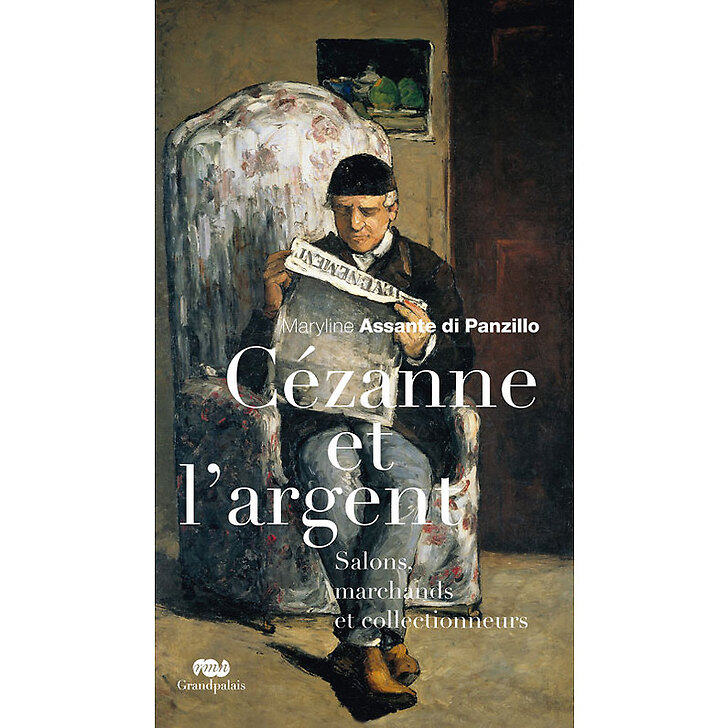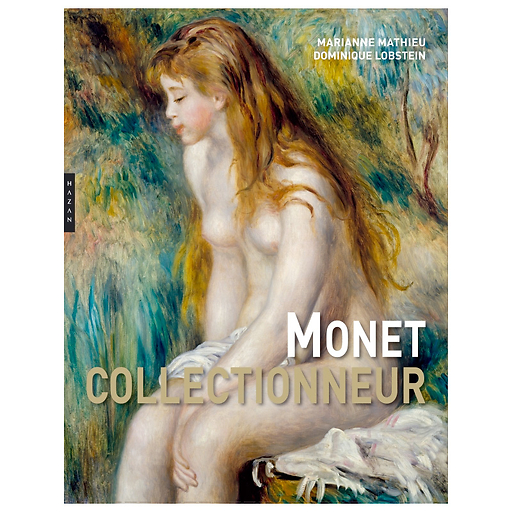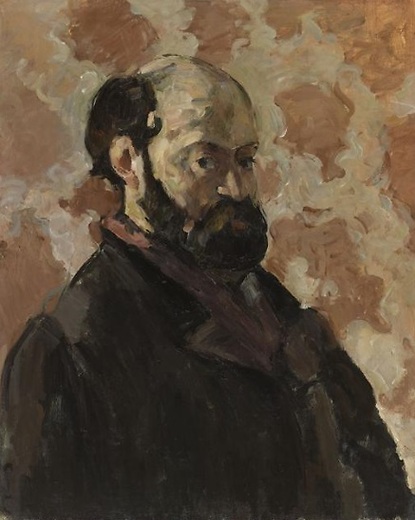FRENCH LANGUAGE
Through Cézanne's confrontations with the supporters of official taste in painting, this book offers a history of the art market, of the constitution of collections and of the different pictorial currents that opposed each other at the end of the 19th century, leading to the birth of...
Read more
FRENCH LANGUAGE
Through Cézanne's confrontations with the supporters of official taste in painting, this book offers a history of the art market, of the constitution of collections and of the different pictorial currents that opposed each other at the end of the 19th century, leading to the birth of modern art.
French language
140 pages
Rmn - Grand Palais Publishing
Close




